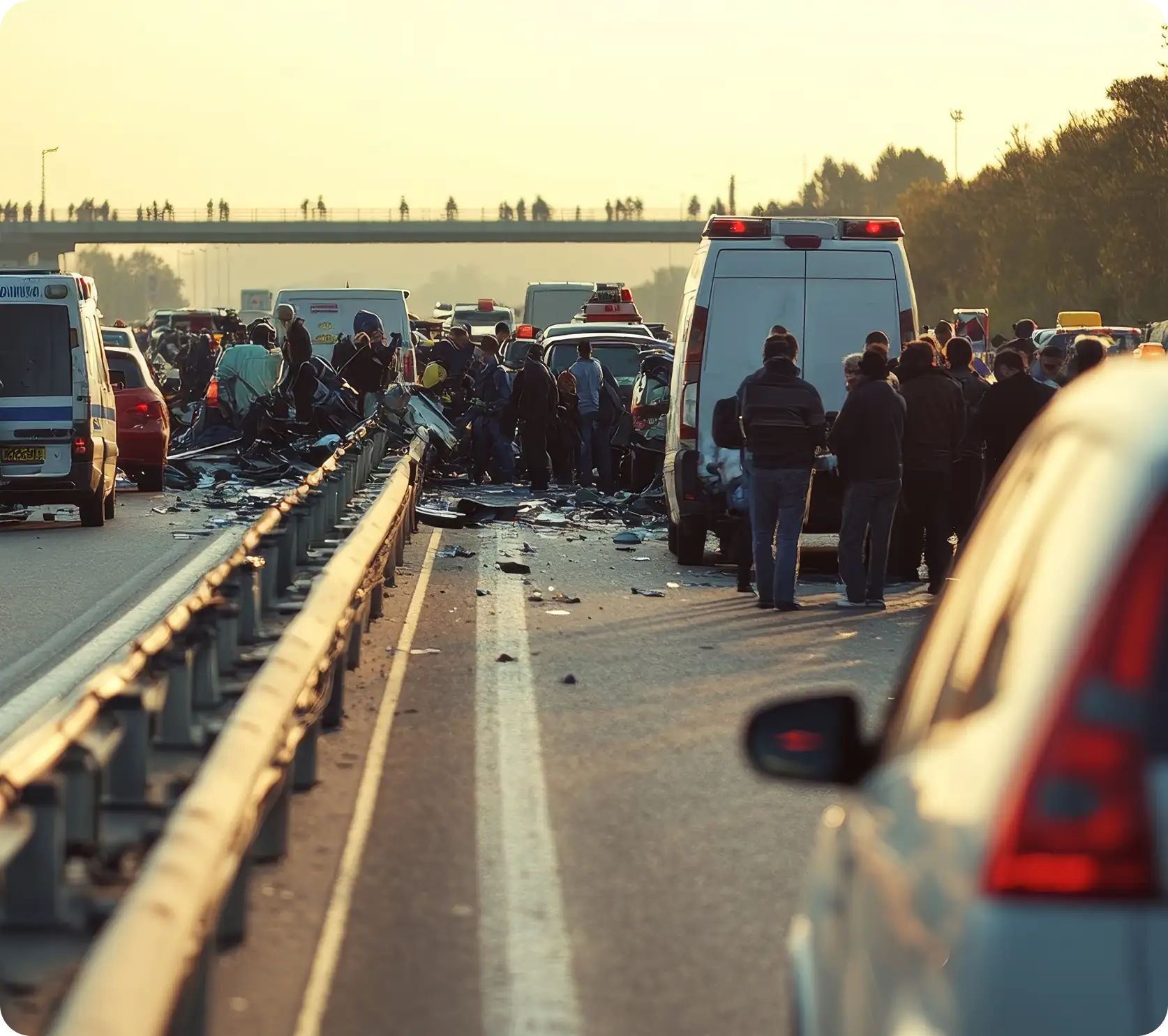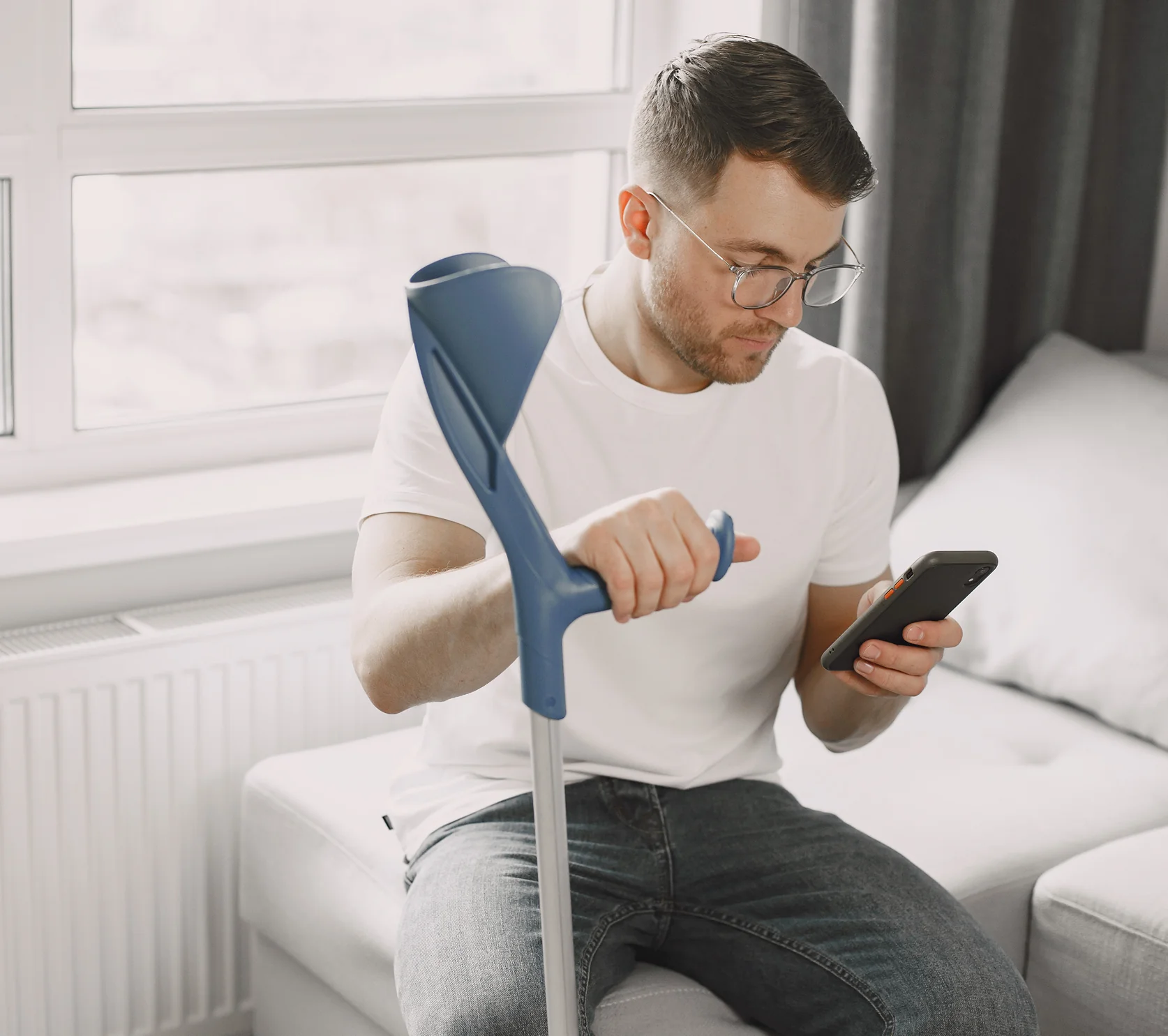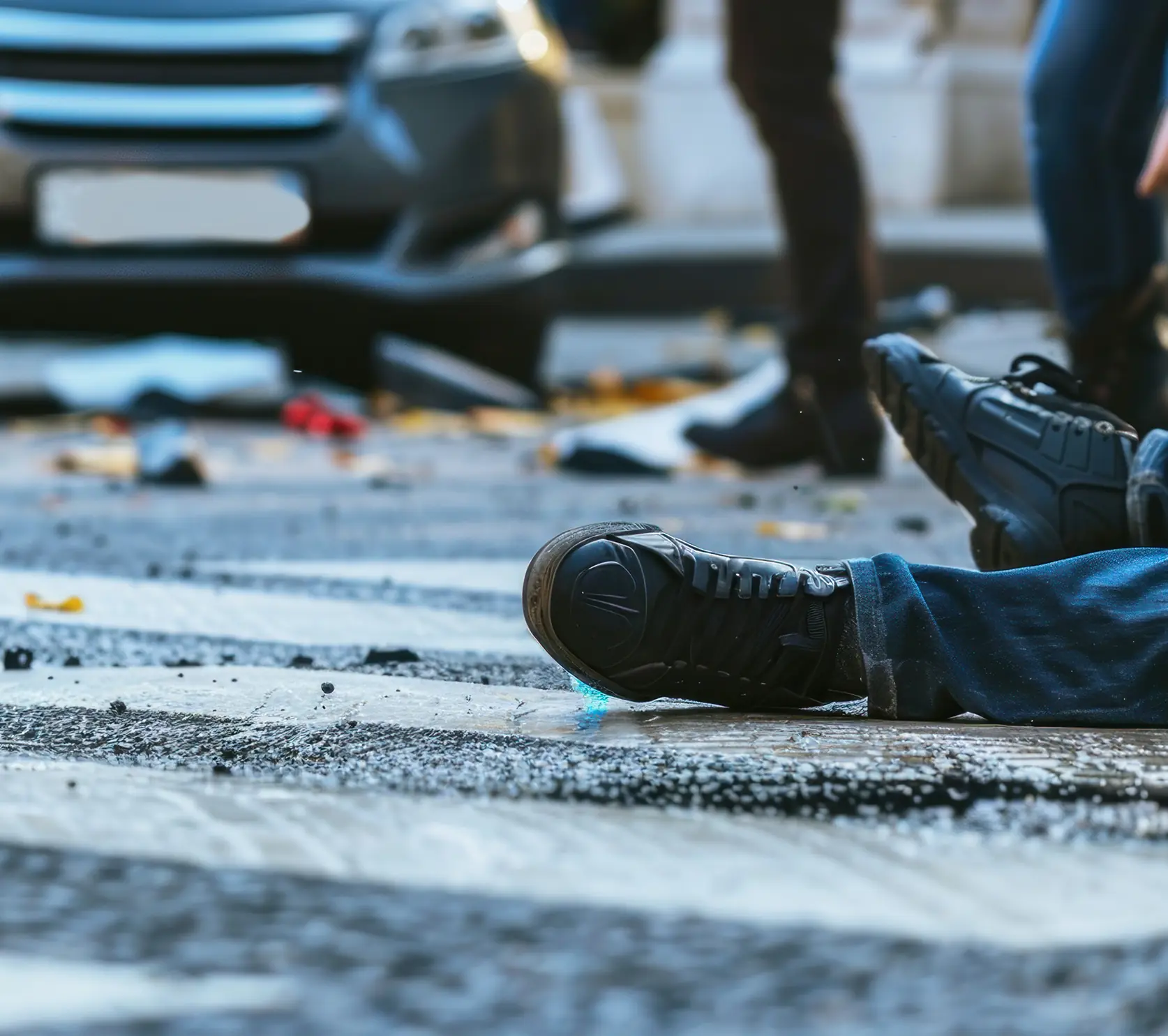Rental Car and Ride Sharing Accidents scenarios
Ridesharing services (such as Uber and Lyft) have become increasingly popular since their introduction nearly a decade ago. Despite the ubiquity of such services. The general public remains somewhat confused as to liability in the event of a ridesharing accident.
So, who is responsible?
In California, and in most other states, ridesharing companies are not actually considering employers. Instead, Uber and Lyft. And other ridesharing companies engage with their drivers in an independent contractor arrangement. As such, if you injure a negligent, reckless, or intentionally harmful ridesharing driver. You will (under most circumstances) only have a claim against the driver at issue.
When bringing a lawsuit against a ridesharing driver. You will gain access to significant minimum liability coverage providing through the ridesharing company. If the driver was transporting or picking up a passenger at the time of the accident, then the liability coverage will total $1 million. If the driver was simply using the app (i.e., searching for new passengers, chatting through the app, etc.). Then the liability coverage amount will drop to $100,000 per incident and $50,000 per person injured in the accident.
There are ways in which you can impose liability on the ridesharing company. Though you will have to show that the company is independently liable for the harm you suffered. For example, if you can show that the ridesharing company failing to conduct a proper background check on the driver, or failed to properly inspect the vehicle. And that such failure led to a car accident in which you sustained injuries, then you may have an actionable claim for damages.
If you injure while operating a rental car (or if you are injured by a driver who is operating a rental car), then you may not only have a claim against the driver(s) whose negligence or other misconduct contributed to your losses. But you may also have a claim against the rental car company, depending on the circumstances of the case.
For example, suppose that you injure in a car accident involving no other drivers. While making a sharp turn on a local road, your tires burst and it sent your car reeling out of control and into a nearby wall, causing significant injuries. Further investigation reveals that the tires were in poor condition and were not properly maintain by the rental car company. If the rental car company did not comprehensively inspect the vehicle between rentals. Or if they did discover the issue but failed to correct it, they may be liable for the injuries that you suffered.
It’s worth noting that insurance coverage could be an issue in some Rental Cars. And Ride-Sharing Accident scenarios where the defendant-driver is operating a rental car and does not have sufficient liability insurance coverage. Though rental car companies typically offer supplemental liability insurance packages (that complement the renter’s pre-existing, personal coverage). Many renters choose not to purchase such coverage. If you do not have access to insurance funds due to the defendant driver’s failure to purchase adequate insurance coverage. Then your legal strategy must take that into account — with the aid of a skilled attorney, you can identify potential defendants who do have sufficient resources/insurance to cover at least some of your losses.










